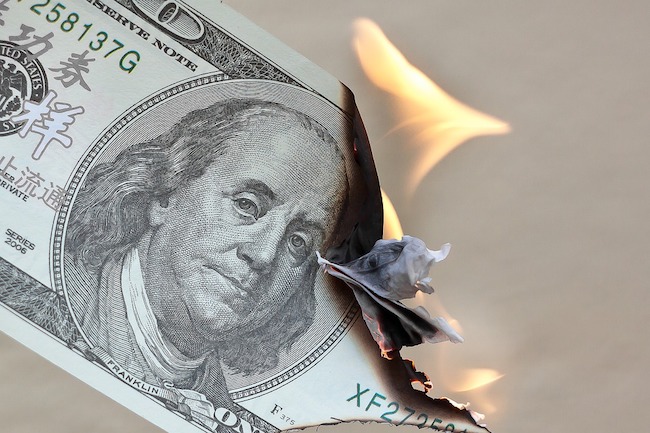What is Dedollarization? from APMEX
With the common mention of BRICS and dedollarization in the news cycle over the last few years, you may be wondering what is dedollarization? Simply put, dedollarization is the process of ending reliance on the U.S. dollar as the primary currency in the global economy.
The Might of the U.S. Dollar
The U.S. dollar has been the world’s dominant reserve currency for over 75 years, ever since the Bretton Woods Agreement of 1944 established the dollar as the primary currency for international trade and finance. After World War II, the value of the U.S. dollar was backed by gold. However, in the 1970s, the gold standard ended, and the petrodollar system emerged. The petrodollar system started when oil producing countries agreed to sell their oil in U.S. dollars only. This created a high demand for U.S. dollars globally since all countries needed dollars to buy oil.
The U.S. dollar’s status as the dominant global reserve currency provides economic and geopolitical advantages to the United States, including increased demand for dollars that enables persistent trade deficits financed by foreign lending. However, some argue this “exorbitant privilege” has contributed to offshoring of manufacturing. While the dollar’s advantages have promoted global trade and investment for decades, viable alternatives and dedollarization could threaten uncertainties.
Breaking Dollar Dependence
In recent years, some countries have taken steps to avoid using the dollar. Motivations behind dedollarization vary, but most stem from concerns about overreliance on the dollar and a desire to reduce exposure to U.S. monetary policy or potential sanctions.
BRICS, an acronym for Brazil, Russia, India, China, and South Africa, is an association of major emerging economies that plays a crucial role in the global economic landscape. In recent years, BRICS has shown an increasing interest in dedollarization. Each nation has its own potential benefit.
- Brazil: Dedollarization can reduce dependency on USD, mitigating exchange rate risks, and fostering domestic currency stability, enhancing Brazil’s economic sovereignty.
- Russia: Moving away from the dollar can shield Russia from the impact of US-led sanctions, fostering economic independence and potentially boosting trade within the BRICS nations.
- India: Dedollarization can stabilize the rupee, reducing vulnerability to global currency fluctuations and encouraging trade diversification with BRICS members using local currencies.
- China: Reducing reliance on the dollar can enhance the internationalization of the Chinese yuan, strengthening China’s global economic position and promoting bilateral trade settlements with other BRICS nations.
- South Africa: Dedollarization could safeguard against currency volatility, promoting stability and potentially enhancing South Africa’s regional economic influence by encouraging trade in local currencies within the BRICS bloc.
Is Dedollarization Possible?
Some claims say dedollarization is impossible due to the United States GDP is too large to be overthrown. However, the combined GDP of the original of BRICS countries is something to consider.




